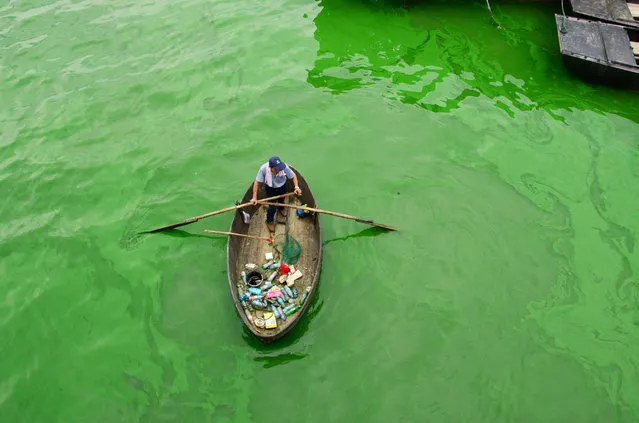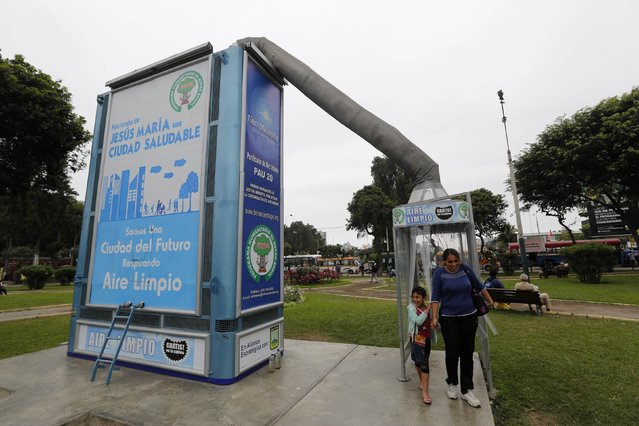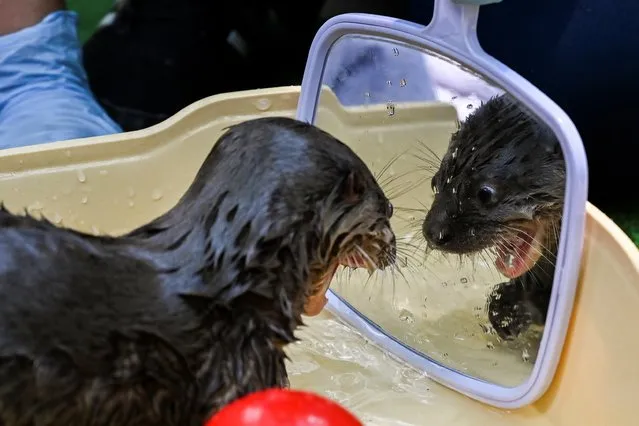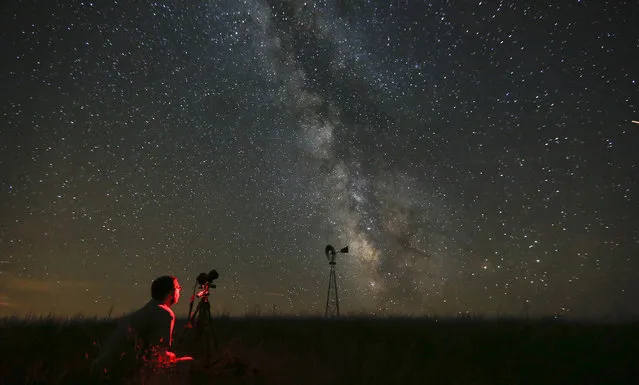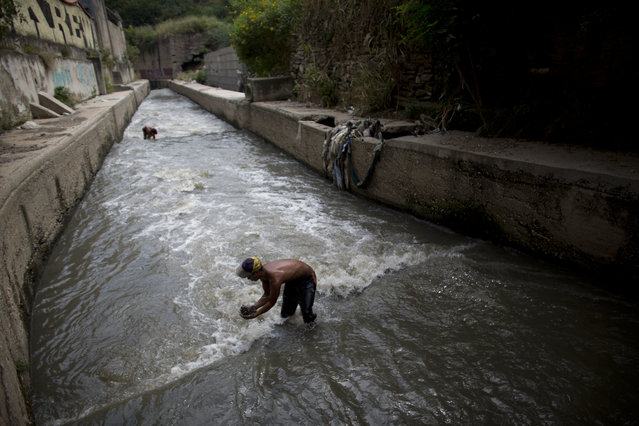
Unnati, 6 years old, at home with his sister Ishika, 4 years old, in the Mahamai Ka Bagh neighborhood. Unnati was born to parents contaminated by a carcinogenic and mutagenic water supply. This year marks the 31st anniversary of the 1984 Union Carbide gas tragedy that killed thousands of citizens of Bhopal within 72 hours and has gone on to claim thousands more as a result of the polluted environment. (Photo by Giles Clarke/Getty Images)
04 Dec 2015 08:01:00,post received
0 comments


